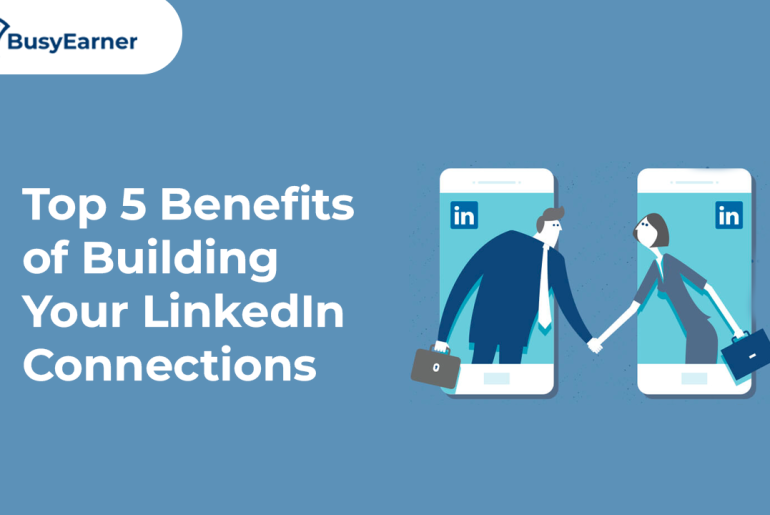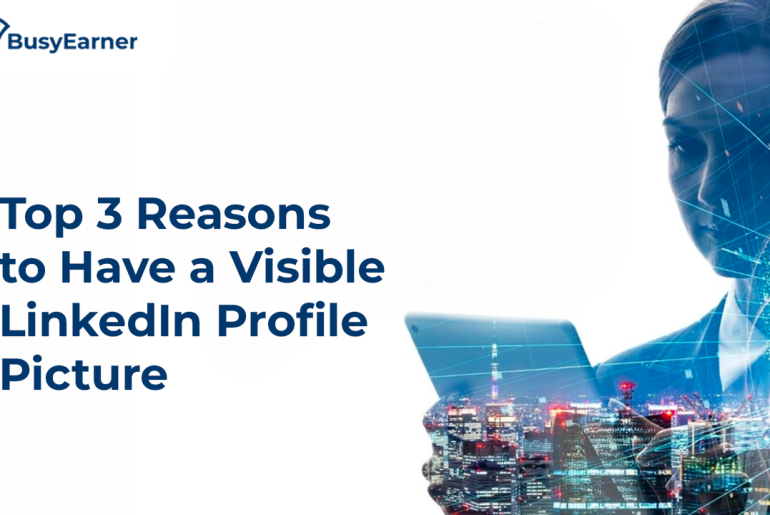If telling people about your brand is what LinkedIn stands for, why will someone want to make their profile information private or hidden from other users? Why hide your profile information when it reduces your networking opportunities?
Many LinkedIn users put this argument forward regarding LinkedIn primate mode. They fear missing out on significant business and networking opportunities. If you’ve been avoiding LinkedIn private mode on your profile, you’re missing out on the benefits of this essential LinkedIn feature.
The LinkedIn private mode has two essential functions. It prevents people from viewing your profile information and allows you to view people’s profiles without them knowing. You can turn the private mode on if you don’t want your prospects to know you’ve viewed their profile.
Ordinarily, LinkedIn notifies users when someone views their profile. But with the private mode turned on, the person you’ve viewed their profile won’t get a notification. You can use it to monitor your leads or see what your competitors are doing.
In this article, I’ll show you reasons people hide their profile information and the effective ways to use LinkedIn private mode.
How to Turn On LinkedIn Private Mode
The LinkedIn private mode is usually turned off by default. But you must turn it on if you don’t want people to get notified or know you view their profile. Here’s how to go about it.
1. Go to ‘Me’ on the homepage and click on ‘Settings and Privacy.’
2. Click on ‘Visibility’ from the resulting page
3. Select ‘Profile viewing options
4. Here, you can choose one of three options. These are:
- Public version – This allows people to see your name, role, and your profile
- Private profile characteristics – This option shows your job title, current company, or industry.
- Private mode – This option doesn’t show anything. It makes you completely anonymous.
5. Select ‘Private mode’ and click ‘Back’ to return to your homepage
The private mode feature is available to all LinkedIn users, regardless of whether they are on premium or not. However, only those with a premium account can view profiles in private mode and still get notified when people view their profiles.
Different Reasons for Using LinkedIn Private Mode
People make use of LinkedIn private mode for different purposes. For example, an employee who already has a job but looking for better opportunities would prefer to stay anonymous while job-hunting. (S)he would like to go under the radar to avoid being noticed by their employer or colleagues.
On the other hand, a sales specialist would prefer to be noticed when s(he) check prospect profiles. This means you can always turn the LinkedIn private mode on or off, depending on your motive.
1. For Growing Network/Connections
If you’re new to LinkedIn and your profile isn’t fully optimized, you shouldn’t be connecting with people just yet. It’s unlikely they would honor your request if they don’t know who you are or how you can help them.
You should consider turning the private mode on to build your LinkedIn connections or network. Doing so will enable you to check other people’s profiles without being noticed. You’ll be able to learn from them while working on optimizing your profile.
You’ll note how to improve your LinkedIn profile by checking industry-related profiles. And once that’s achieved, you can turn off the Linkedin private mode. Now, people can view your profile and be willing to connect with you.
2. For Generating More Leads
Again, you might need to first turn on LinkedIn private mode for lead generation. And then turn it back to the public version when you’re ready to reach out to prospects.
What do I mean?
LinkedIn is one of the best social platforms for outreach and B2B lead generation using account targeting. But at the initial stage of building a cold audience, you wouldn’t want people seeing you snooping around on their profile.
That will ruin the surprise of your outreach, and it might call their attention to a possible cold message from you. Cold messaging isn’t bad, but you wouldn’t want your prospects to create a negative connotation with you.
Also, you’ll not likely reach out to every profile you research because the last thing you want is to receive connection requests from people who are not your target audience. So, setting your profile to anonymous mode is the best way to avoid such.
Your profile information remains hidden while doing profile research. And you can remove the private mode when ready to reach out to prospects.
3. For Monitoring Competitors
One of the obvious reasons people use LinkedIn private mode is to check what their competitors are doing differently. But you don’t want them to know you’re checking out their progress. The LinkedIn private mode makes it possible.
4. Ideal for Job Recruiters
LinkedIn is the leading social platform where recruiters and job seekers connect. Many companies use the platform to source talent or outsource their business needs.
As a recruiter, the LinkedIn private mode feature can be helpful. Just like in the case of lead generation, you can put together a list of strong candidates without them knowing. And when you’re done compiling the list and ready to reach them, you can switch off the private mode.
The LinkedIn private mode can benefit lead generation, building connections, and recruiting the best hands. Using it doesn’t limit your networking opportunities, as most people feared. Instead, you can use it to grow your network if you use it correctly.






11 Comments
Your article helped me a lot, is there any more related content? Thanks! https://www.binance.info/pt-BR/join?ref=YY80CKRN
Thank you for your sharing. I am worried that I lack creative ideas. It is your article that makes me full of hope. Thank you. But, I have a question, can you help me? https://www.binance.info/cs/join?ref=OMM3XK51
Your article helped me a lot, is there any more related content? Thanks! https://www.binance.info/vi/join?ref=VDVEQ78S
I don’t think the title of your article matches the content lol. Just kidding, mainly because I had some doubts after reading the article. https://www.binance.com/zh-TC/register?ref=JHQQKNKN
Thank you for your sharing. I am worried that I lack creative ideas. It is your article that makes me full of hope. Thank you. But, I have a question, can you help me?
I don’t think the title of your article matches the content lol. Just kidding, mainly because I had some doubts after reading the article.
Can you be more specific about the content of your article? After reading it, I still have some doubts. Hope you can help me.
Hello there, just became aware of your blog through Google, and found that
it’s truly informative. I’m gonna watch out for brussels.
I’ll be grateful if you continue this in future.
Numerous people will be benefited from your writing.
Cheers! Najlepsze escape roomy
You have noted very interesting details! ps decent web site..
Way cool! Some extremely valid points! I appreciate you writing this post and the rest of the website is extremely good.
Everything is very open with a clear explanation of the challenges. It was truly informative. Your site is very helpful. Many thanks for sharing!